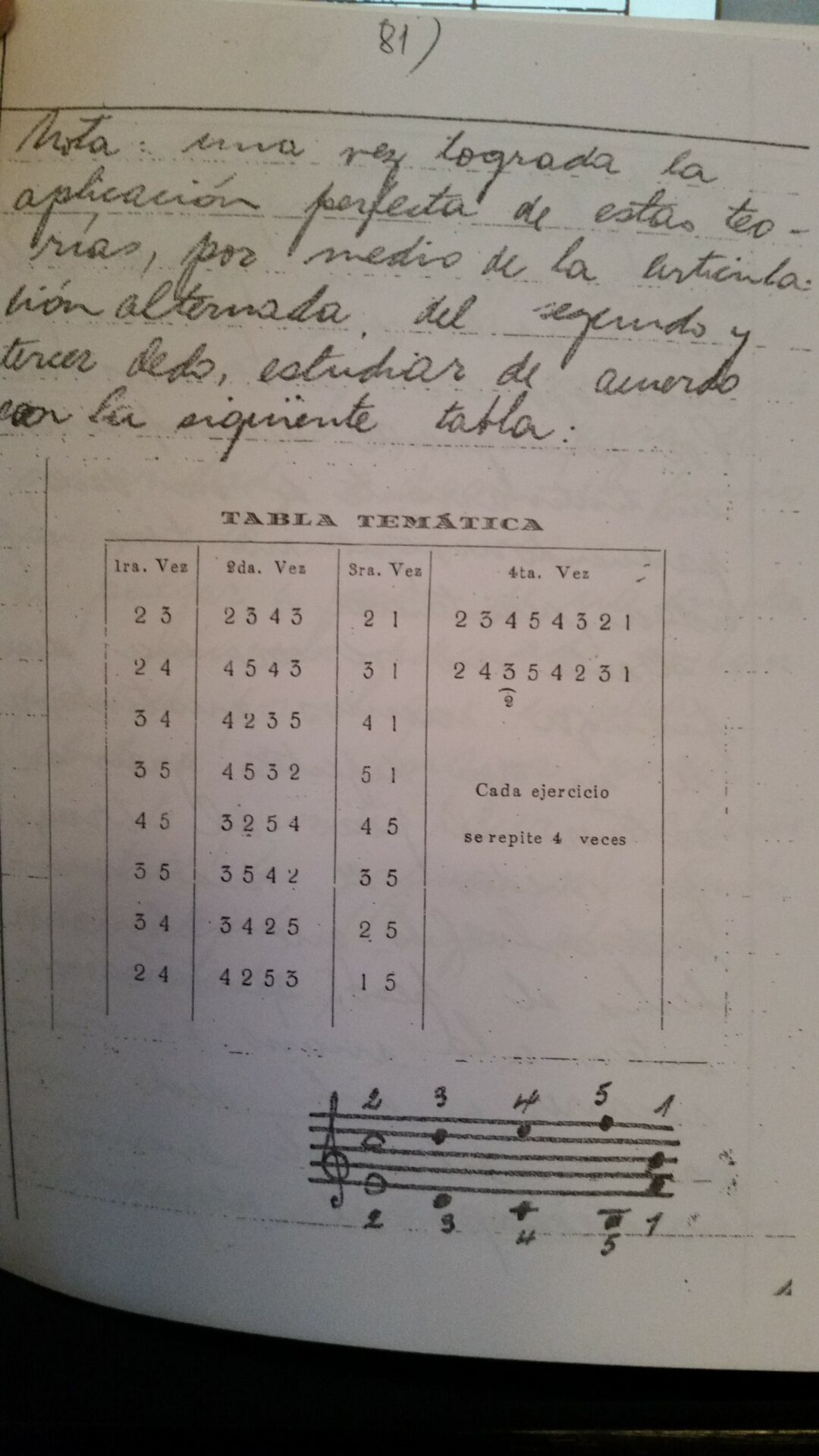Piano lesson resources – Hand Positioning and weight delivery. Lesson 1
Piano lesson resources – Hand Positioning and weight delivery. Lesson 1
Piano lesson resources. Hand positioning – Hand positioning is about weight management. We can also call it placement. The weight of our arms is considerable enough to consistently defeat the resistance of the keys. The trick is to learn how to unleash it, or what is even more difficult: to learn how to never hold it back. Acknowledging that fact constitutes one of the most important piano lesson resources.
The continuous conflict between the weight of the elbow and the grip of our fingers defines the pianistic “fuel”. The potential energy trapped in the elbow, its natural weight, is counteracted by the grip excerpted by our fingers in the attempt to keep the hand attached to the keyboard.
Developing an outstanding muscular control is the main challenge we have to face in order to master this technique. For that reason we will start by releasing the weight of our arms on the piano lead while we expand our fingers making sure we don’t involve any other muscle in the process. In other words we need to to start from the very basics.
The piano is an indirect instrument, as opposite to the violin or the flute which we embrace while we play them. Having a proper contact surface with the keys is the main way to enhance our body connection with the instrument. For that reason we will aim to reach the keys with our fingers rolled at around a 160 degree angle. In this way our fingers will be set in the ideal position to for gripping-in the arm (Piano lesson resources).
The elbows fall close to the chest in a resting position. A good way to check the weight of our arms is directed properly to the fingertips is to ensure our fingertips become white below our nails. This reflects the pressure they are bearing by supporting our arms weight.
After we have placed our hands properly following these statements and moved the weight from the beginning of the palm to our fingertips then we can start exercising to transfer this weight from one finger to the other. The same as when we are walking on the street, we will only remove the weight from the foot which is on the floor after we have securely went down on the next one.
Attacking a key resembles operating an electric switch. Our fingers are either ready to play or playing – Off/On respectively. The tension involved in keeping our fingers in place is minimal. The attacking stage should resemble the act of throwing an object into the air. We don’t labor the fingers as a handle, all the way through, but we just target and attack!
We should try and focus specifically on developing the purity of finger movement. Unfortunately scales tend to be distracting as they also include the notes which lead us outside from our main focus.
This problem is addressed by Scaramuzza through the use of his special “Finger Chart”. We believe the best way to learn how to deal with finger movement is through focusing on the mechanics without getting distracted with the note identification. The chart is designed to cover the most common finger combinations allowing us to polish the movement to perfection. and we can do it even when we are not in front of the instrument and just with the aid of any plain surface!



